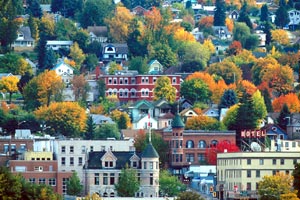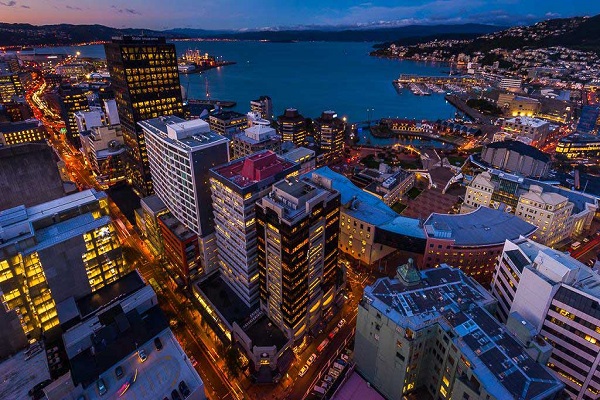Brazil
Find Eduxpress Programmes
In Brazil, 5 million students are enrolled in the more than 23,000 programs available in universities all over the country. Over 2,000 private and public schools offer higher education programs with domestic and international recognition for quality. A number of Brazilian universities rank in the top 500 public best universities in the world. Private universities also stand out for the number of quality programs offered and of students enrolled. They account for 76% of the higher education system and offer courses lasting from 2 to 6 years.
In some of the Spanish and English colonies in the Americas, institutions of higher learning were established as early as the 17th century. Upon graduating, students had the option of either becoming priests or continuing their studies in Europe.
In the period before and after the independence of Brazil, other schools of higher learning, although not formally called "universities," were founded, including those specialized in civil and military engineering, medical faculties and technical courses in the fields of botany, chemistry, geology, mineralogy, and economy were created. The faculties of law founded after the independence of Brazil served as nuclei that developed into modern Brazilian universities.
Brazil enjoys an extensive coastline that measures almost 7 500 kilometres. Its other borders are made up of Venezuela, Guyana, Suriname, French Guiana, Colombia, Bolivia, Peru, Argentina, Paraguay and Uruguay. Ecuador and Chile are the only South American countries with which Brazil does not share its borders. There are various groups of islands that also belong to Brazil, such as Saint Peter, Trindade and Fernando de Noronha.
Apart from being geographically large, Brazil is also naturally diverse. It comprises dense rain forests and jungles, expanses of coastline, towering mountains, oceanic archipelagos (or clusters of islands), rivers, scrublands and rolling plains. Because of such a variation in habitats available to plants and animals, Brazil boasts a rich array of fauna and flora.
Today the country also stands out economically and the Brazilian GDP (gross domestic product) increased by 5.1% in 2008 and by 5.4% in 2007. Brazil is the largest Latin-American country and, with its more than 180 million people, is one of the chief consumer markets in the world.
It is because of this growth that it is doing so well in terms of its economy. In fact, it is one of the world’s largest and most significant economies. It is also the only Portuguese-speaking country in both North and South America.
This Portuguese heritage dates back to the 1700’s, when Brazil was first colonised by this European nation. During its rich and complex history, slavery was a major part of the Brazilian heritage. People of European and Asian descent immigrated to Brazil in the 19th century from countries like Japan, Poland, Spain, Italy and Germany.
Brazil is a Presidential Federative Republic - Brazilians selected this regime in a referendum held in 1993. Government is exercised by three branches: the Executive, the Legislative and the Judiciary. One single person, the President of the Republic, heads the executive branch. Brazil became a republic in 1889 and it is today considered one of the most democratic nations in the world.



